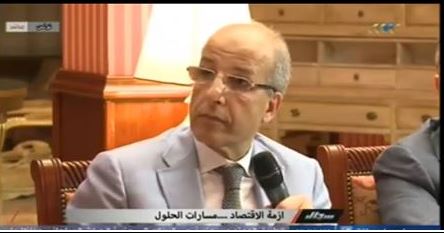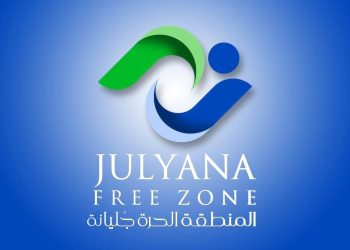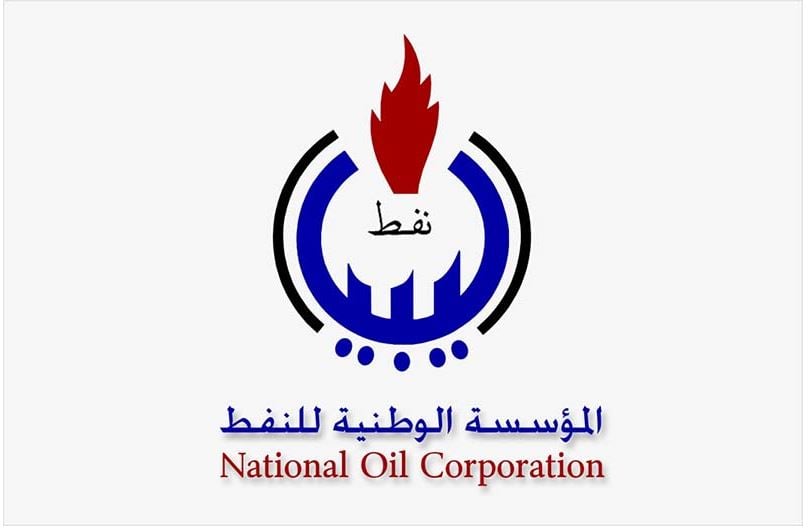By Sami Zaptia.
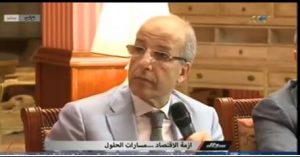
London, 15 May 2017:
Following on from the Tripoli Central Bank of Libya (CBL) ‘‘Economic policies: Horizons and Challenges’’ workshop that was held in Tunis last Thursday 11 May, which included the Presidency Council, HoR and HSC members – details have now emerged of some of the deliberations that had taken place.
It will be recalled that the CBL had released very little information on the outcomes of the workshop. Critics had expected the workshop to lead to some kind of breakthrough with new policies that could tackle Libya’s crippling acute economic crisis. Now, a number view the workshop as no more than a public relations exercise by the CBL in response to criticism and calls for action by a number of influential bodies.
However, what has emerged is that the Tripoli-based CBL, and specifically its Governor Saddek Elkaber, are still set on keeping the official Libyan dinar exchange rate as it is (LD 1.4/dollar), at nearly an eight times multiple to the black market rate of around LD 8 to the dollar.
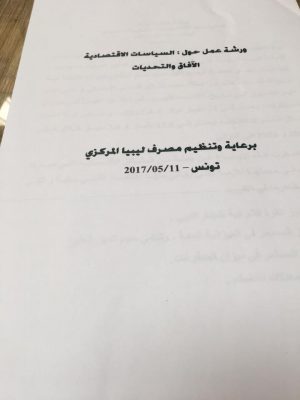
Sources from within the Tunis workshop have confirmed that the economic crisis was blamed on the fall in oil production and on the political split leading to two CBLs and hence two monetary policies.
This was confirmed when Governor Elkaber appeared on a live discussion programme on Libyan TV. He blamed the liquidity problem on ‘‘political and security’’ and not ‘‘monetary’’ reasons and accused outside countries of helping devalue the Libyan dinar on the black market.
Elkaber then set out how the crisis developed between 2014 and 2016 giving figures of money circulation and how in 2014 Libyans ceased depositing their money into their bank accounts. By 2015 out of LD 5.5 billion in circulation, only half a billion was returned into the banking system. In 2016, he revealed, out of LD 4 bn, only 30 million was deposited.
| Year | Money in circulation LD bn | Returned to CBL | Status |
| 2012 | 6.5 | 6.2 | Normal |
| 2013 | 7.7 | 7.5 | Normal |
| 2014 | 4.4 | 1.5 | Start of crisis |
| 2015 | 5.5 | 0.5 | Increase in crisis |
| 2016 | 4.0 | 0.030 | Out of control |
Source: Tripoli CBL Governor El-Kaber on Libyan TV
Responding to the criticism that printing and pumping more money into the market would only be counter-productive and inflationary, Elkaber asked ‘‘what should we do’’? He said that the monetary policy tools available were limited. He pointed out that the ability to encourage deposits through increased interest rates were prohibited by law number one of 2013 which introduced Islamic-Sharia banking in Libya and prohibited usury /interest payments.
Nevertheless, Elkaber said that he was optimistic about the recent political nearing of views, referring to the recent meeting of PC/GNA head Faiez Serraj and LNA chief Khalifa Hafter in Abu Dhabi. He hoped this would have a positive effect on the security situation which would in turn positively affect the economy and monetary situation.
Elkaber noted that the state-oil sector dominated Libya’s economy and implied that it was the engine of Libya’s economy. He pointed out that while in 1969 the private sector had represented 80 percent of Libya’s GDP, in 2010 this had fallen to only 10 percent of Libya’s GDP. He blamed the root cause of Libya’s current economic crisis on the oil closures.
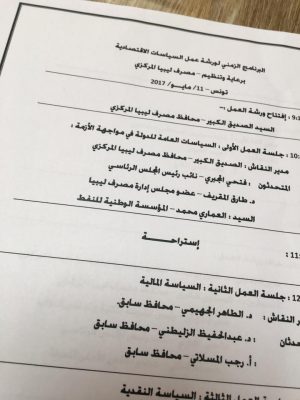
Critics of Elkaber’s TV debate say he failed to engage the public in deep monetary policy discussion. He failed, for example, to accept enough blame for the crisis and to discuss the liquidity crisis and the role that Libyan banks – under the CBL’s authority – play in exacerbating it.
Elkaber failed to discuss in detail the option of devaluation. He failed set out the case for maintaining the status quo – when devaluation has been used across the world as an option. He also failed to talk about the black market exchange rate in detail and the role bank employees play in colluding with black market traders.
